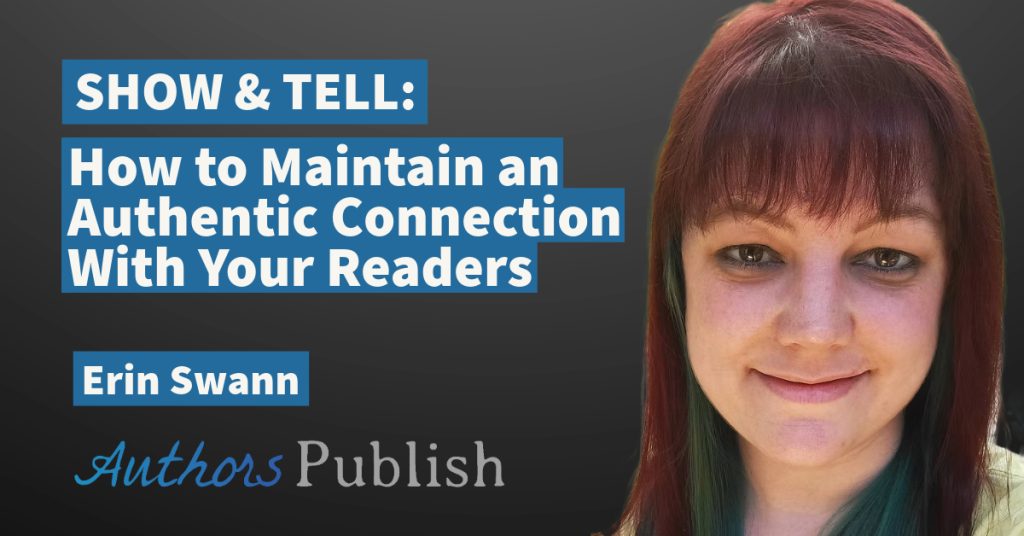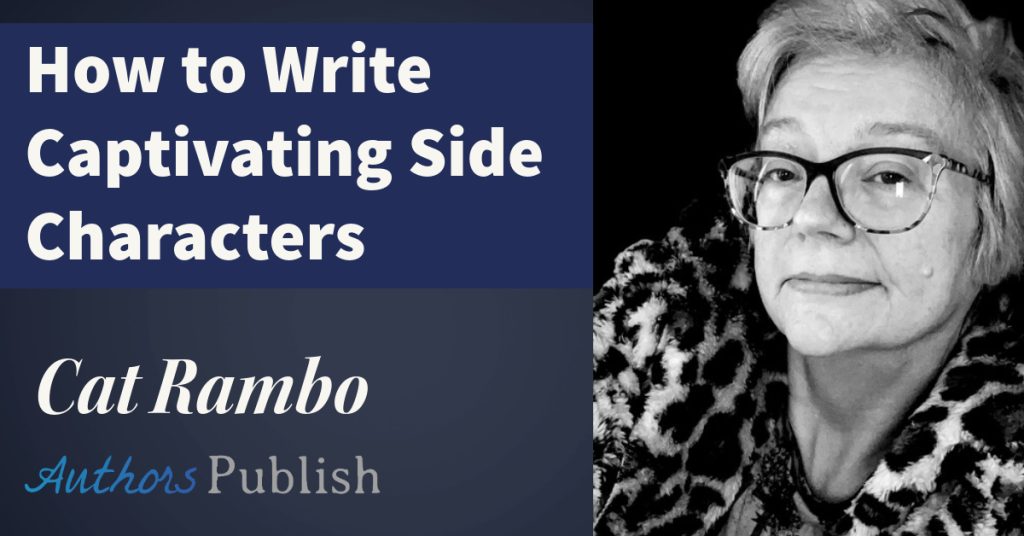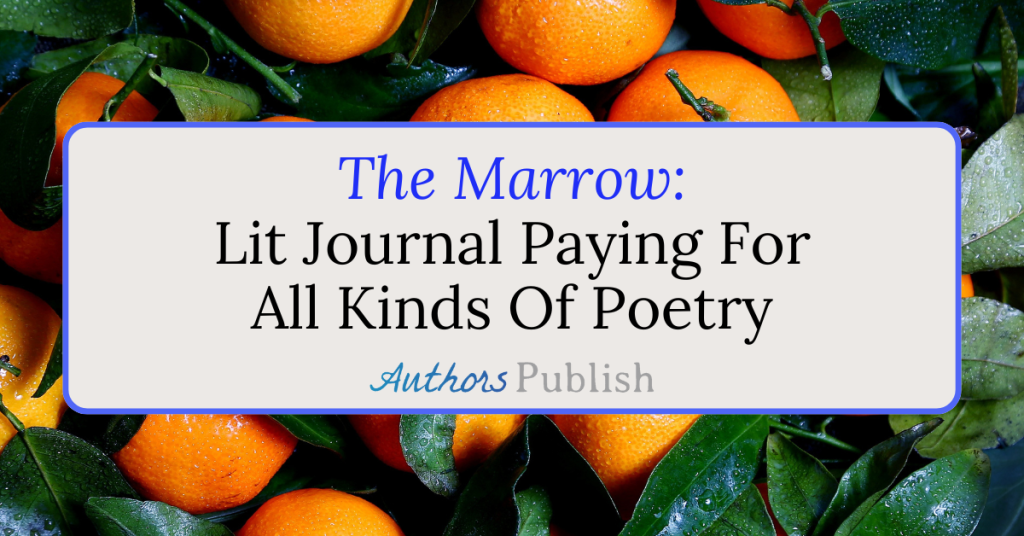By Sylvia Rouss
My first picture book was published over 25 years ago. In the quarter of a century following my first book’s publication I have continued to publish books regularly, including the popular Sammy the Spider series, and I have learned a lot about both writing and publishing. This article covers the most important lessons I have learned about writing and publishing Children’s books.
Write Clearly and Directly
I regularly receive requests for advice on how to publish a picture book, and I am always pleased to respond. Here are excerpts from a letter I wrote to an author hoping to see her first book in print. I really focused on what you need to do in terms of writing, to make your work publishable:
For picture books, you need to be literal and specific. It is not enough to say, “the children played together.” Maybe you could describe a few activities on a playground that could be related to the other part of your story such as: “Michael and Lily did everything together. They dug in the sandbox together, they painted at the art easel together and they sat next to each other at snack time. Best of all they liked climbing to the top of the jungle gym where Michael would shout, “Lily, let’s fly to the moon.” Using an active voice rather than a passive narrative makes the story far more interesting.
An illustrator needs the author to fill in the blanks with details so they can create corresponding illustrations. For example, simply saying, “Michael didn’t like to go to sleep,” isn’t enough? Children (and the illustrator) want to know why. Expand on why the character likes to do or not do something. You might want to add dialogue here and have Michael express why he doesn’t want to go to sleep. It makes the story come alive far more than just a simple narrative. Is he afraid of the dark? Does he miss Lily so much that he can’t go to sleep?
Keep names consistent. Michael as Mikey in one part of the story and Mike in another is confusing for young children. And, when describing a situation familiar to children, make sure you use words that they use. When Michael goes to school, you wrote that he puts his school bag in a cupboard; however, “cubby” is the term young children are familiar with.
Learn how to Deal with Rejection
Once you are ready to share your manuscript with a publisher or publishers, it is important to remain optimistic and persistent. I know it can be hard, especially when the almost inevitable rejection letters show up in the mail. I was lucky with my first two books. But my third story was rejected by both of my then publishers and I didn’t feel like continuing.
I will let you in on my little secret: since then, my husband takes my completed stories and he sends them to publishers. He does all the administrative work, and more importantly, he opens the rejection letters I receive so I never have a reason to be anything but optimistic about by my story finding a “home”. There is a piece of ironic good news about rejection letters. Today, many publishers advise that if you haven’t heard from them after a certain period, then your manuscript has been “recycled”. Consequently, fewer and fewer publishers are asking for an SASE, a self-addressed stamped envelope, with your submission that the publisher uses to return your manuscript and the rejection letter. So, today I receive much less disappointing mail.
More publishers now prefer online submissions and frequently ask that the text of the story be included in the body of email. Remember to double check for spelling and grammar when submitting a manuscript and cover letter. Even with spell check, mistakes happen and you don’t want to be embarrassed.
Don’t Have Your Heart Set on an Agent
I don’t have an agent. For me, finding an agent has been “impossible”, perhaps because the agent must share the modest royalties from a picture book not only with me, but also with an illustrator since I don’t draw! However, it’s my experience that publishers choose their own illustrator, and rarely seek my input. Optimistic as ever, five years ago, I found a list of literary agents and corresponded with the ten that I thought were the best match for me and sadly, even after over 40 stories in print, I had “no takers”.
Find Great Sources of Information I frequently go to one of these three sites for guidance and counsel: THE PURPLE CRAYON, the Society of Children’s Book Writers and Illustrators and the Children’s Book Council. These websites have been very helpful to me over the years.
Sylvia Rouss is the award-winning author and early childhood educator who created the popular Sammy Spider and The Littlest Books. As an early childhood educator, the children in her classroom have been her inspiration. She has lectured throughout the United States, Europe and Israel.






